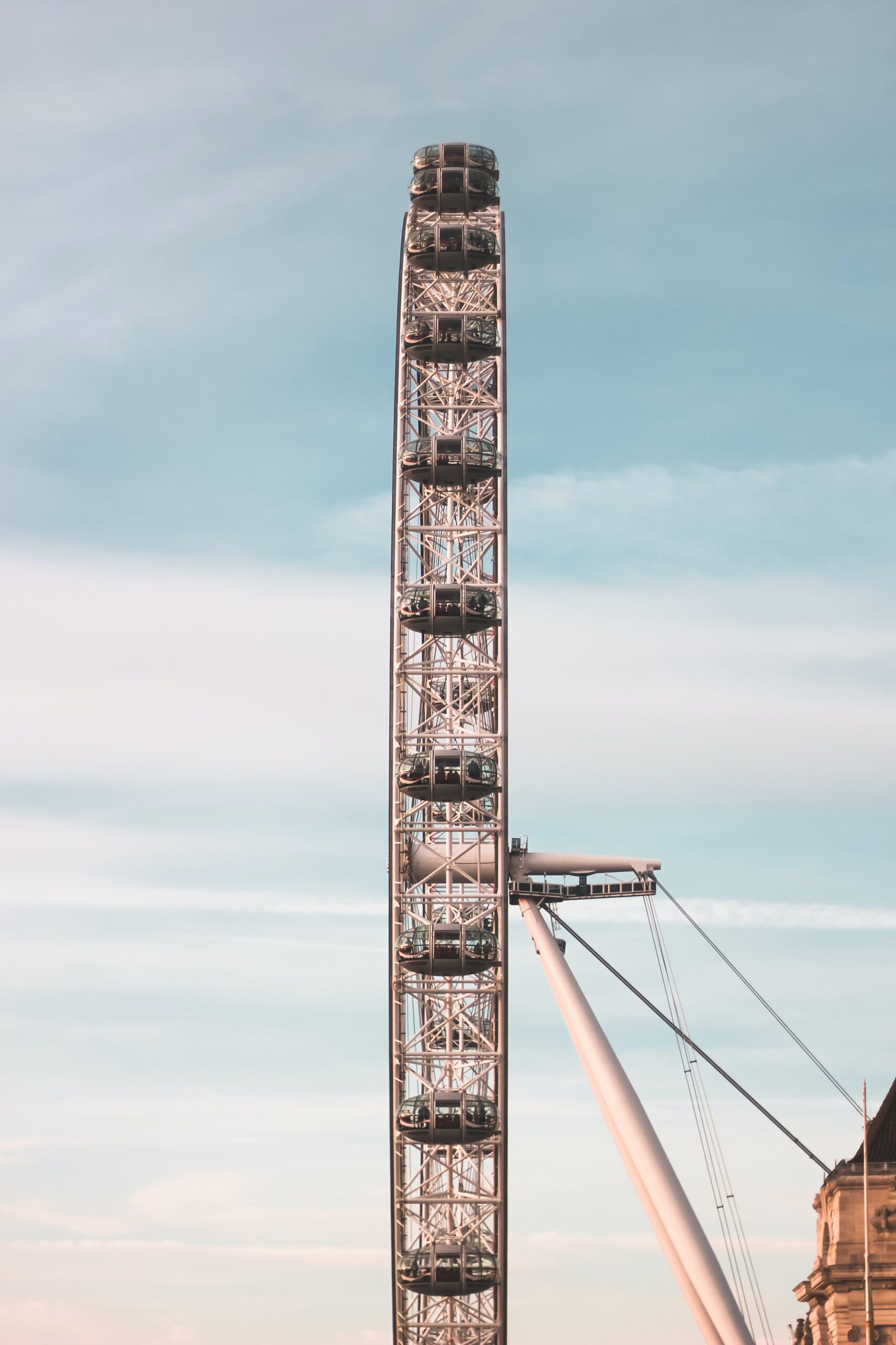So, you’ve got your trusty pressure washer and you’re wondering if it’s safe to unleash its powerful spray on your painted wheels. Well, the short answer is yes, you can use a pressure washer to clean painted wheels, but there are a few important things to keep in mind. In this article, we’ll explore the dos and don’ts of pressure washing your wheels, ensuring you achieve a sparkling clean without causing any damage. Let’s dive in and discover the best practices for maintaining your painted wheels’ pristine appearance.
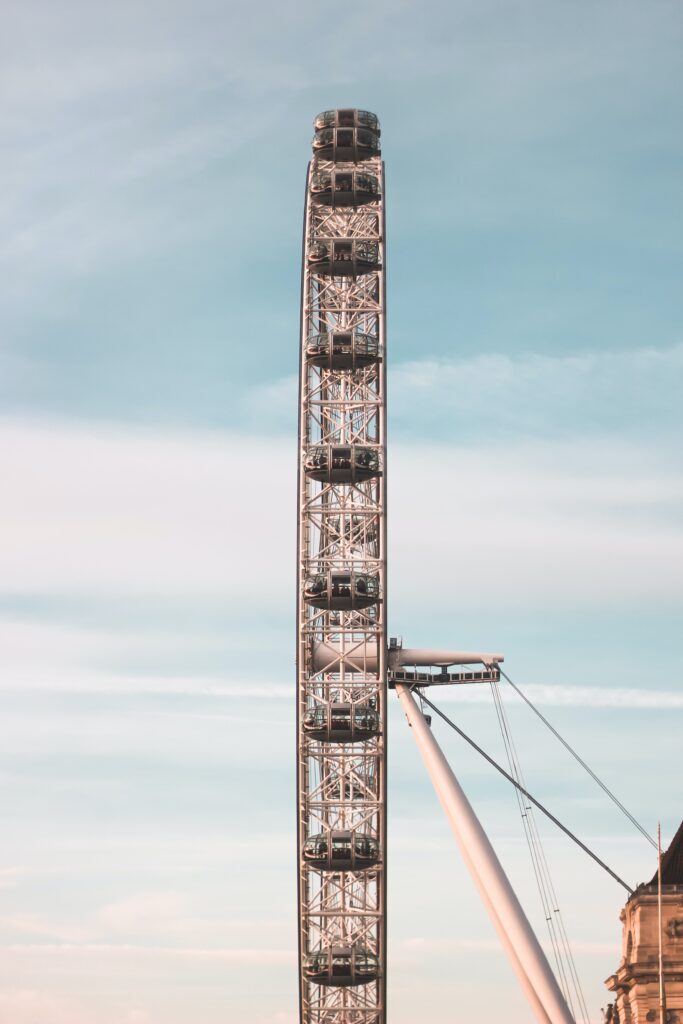
Pressure Washer Basics
How does a pressure washer work?
A pressure washer is a powerful cleaning tool that uses a motor or engine to pump water at a high pressure. The water is forced through a narrow nozzle, creating a strong jet stream that can effectively remove dirt, grime, and stains from various surfaces. The pressure washer works by combining water pressure and velocity to tackle even the toughest cleaning tasks.
Types of pressure washers
There are two main types of pressure washers: electric and gas-powered.
Electric pressure washers are ideal for lighter cleaning tasks around the home. They are more lightweight, quieter, and easier to maneuver. Electric pressure washers are suitable for cleaning painted wheels as they typically have lower pressure settings that are less likely to cause damage.
On the other hand, gas-powered pressure washers are more powerful and suitable for heavy-duty cleaning. These pressure washers are often used for commercial or industrial purposes and may have higher pressure settings, which can pose a risk to painted wheels if not used carefully.
Benefits of using a pressure washer
Using a pressure washer to clean painted wheels offers several benefits. Firstly, the high-pressure stream of water can effectively remove dirt, brake dust, and other road grime that can accumulate on the wheels. This can help restore the wheels to their original clean and shiny condition.
Additionally, pressure washers are time-saving tools. Compared to manual scrubbing with a brush, a pressure washer can clean the wheels more quickly and efficiently.
Moreover, pressure washers can reach areas that are difficult to access with a brush or cloth, such as the back of the wheel spokes. This ensures a thorough and comprehensive cleaning.
Lastly, pressure washers are versatile tools that can be used for various other cleaning tasks around the house, making them a worthwhile investment for homeowners.
Painted Wheels 101
Why are painted wheels popular?
Painted wheels have gained popularity in recent years due to their stylish appearance and the ability to customize the look of a vehicle. Painted wheels come in a wide range of colors and finishes, allowing car enthusiasts to express their personal style and make their vehicles stand out.
Painted wheels also offer added protection to the underlying metal or alloy. The paint acts as a barrier against corrosion, preventing rust and extending the lifespan of the wheels.
How to properly care for painted wheels
To maintain the appearance and longevity of painted wheels, proper care and maintenance are essential. Here are some steps to follow:
-
Regular cleaning: Regularly clean the wheels to remove dirt, brake dust, and other contaminants. This can be done using a pressure washer or by hand using a bucket of soapy water and a soft brush.
-
Use a wheel cleaner: Use a specialized wheel cleaner that is safe for painted surfaces. Avoid harsh chemicals or cleaners that may damage the paint. Follow the instructions on the cleaner and ensure it is suitable for painted wheels.
-
Gentle cleaning tools: When cleaning painted wheels, use soft brushes or microfiber cloths to avoid scratching the paint. Avoid using abrasive materials that can damage the paint finish.
-
Avoid harsh chemicals: Avoid using harsh chemicals or cleaners that are not specifically designed for painted wheels. These chemicals can strip away the paint or cause discoloration.
-
Regular inspections: Regularly inspect the wheels for any signs of damage, such as chips or scratches in the paint. Promptly address any issues to prevent further damage or corrosion.
Common issues with painted wheels
While painted wheels are aesthetically pleasing, they are susceptible to certain issues. Some common problems with painted wheels include:
-
Chips and scratches: Painted wheels can easily get chipped or scratched, especially if they come into contact with curbs, debris, or other objects. These chips and scratches not only detract from the appearance of the wheels but also expose the metal or alloy underneath to corrosion.
-
Brake dust accumulation: Painted wheels are prone to accumulating brake dust, which can be difficult to remove. Brake dust contains iron particles that can oxidize and etch into the paint, causing discoloration and damage if not cleaned regularly.
-
Discoloration and fading: Continuous exposure to sunlight, harsh weather conditions, and improper cleaning methods can cause painted wheels to fade or lose their original color. This can significantly impact the overall aesthetic of the vehicle.
-
Corrosion: If the paint on the wheels is compromised due to chips, scratches, or other damage, the underlying metal or alloy is exposed to the elements, increasing the risk of corrosion. This can weaken the wheels and compromise their structural integrity.
It is important to address these issues promptly and implement proper care and maintenance to ensure the longevity and appearance of painted wheels.
Considerations for Cleaning Painted Wheels
Effectiveness of pressure washers on painted wheels
Pressure washers can be effective in cleaning painted wheels, as the high-pressure water stream can dislodge and remove dirt, grime, and brake dust. The pressure washer’s strong jet can reach into the nooks and crannies of the wheel, ensuring a thorough cleaning.
However, it is crucial to use the pressure washer properly and consider the potential risks associated with using high-pressure water on painted surfaces.
Risks and potential damage
While pressure washers can be effective, they can also pose risks to painted wheels if not used correctly. Here are some potential risks and damages to consider:
-
Paint damage: Excessive pressure or using the wrong nozzle can strip away the paint, causing chips, scratches, or even complete removal of the paint layer. This can significantly impact the appearance and longevity of the wheels.
-
Water intrusion: Pressure washers force water into crevices, seams, and gaps, potentially leading to water intrusion. If water seeps into the wheel bearings or other sensitive components, it can cause rust, corrosion, and mechanical issues.
-
Dislodging adhesives: High-pressure water can dislodge adhesives, such as wheel weights or emblems, leading to their damage or detachment.
-
Tire damage: If the pressure washer nozzle comes into direct contact with the tire sidewall, it can cause damage, such as rubber punctures or even blowouts.
Factors to consider before using a pressure washer
Before using a pressure washer to clean painted wheels, consider the following factors:
-
Pressure settings: Adjust the pressure settings on the pressure washer to a lower, more gentle setting. Avoid using the highest pressure setting to minimize the risk of paint damage.
-
Nozzle selection: Choose a nozzle that provides a wider spray pattern rather than a narrow, concentrated stream. A wider spray pattern distributes the pressure over a larger surface area, reducing the likelihood of paint damage.
-
Distance and angle: Maintain a safe distance between the pressure washer nozzle and the painted wheel. Start with a distance of at least 1-2 feet and gradually move closer if needed. Aim the nozzle at an angle to minimize the impact on the paint.
-
Test on a small area: Before cleaning the entire wheel, test the pressure washer on a small, inconspicuous area to ensure it does not cause any damage or paint removal.
Alternative cleaning methods
If you are hesitant to use a pressure washer on your painted wheels, there are alternative cleaning methods you can consider:
-
Hand washing: Clean the wheels by hand using a gentle wheel cleaner, a bucket of soapy water, and a soft brush or microfiber cloth. This allows for more control and reduces the risk of paint damage.
-
Foam cannons: Foam cannons are attachments that can be used with pressure washers to create a thick foam that clings to the surface, providing a lubricating layer. This can help minimize the risk of paint damage when using a pressure washer.
-
Wheel-specific cleaners: There are specialized wheel cleaners available in the market that are specifically formulated for painted wheels. These cleaners are designed to be gentle on paint while effectively removing dirt and grime.
Preparation and Equipment
Gather the necessary materials
Before starting the cleaning process, gather the following materials:
-
Pressure washer: If you choose to use a pressure washer, ensure it is in good working condition and has adjustable pressure settings.
-
Wheel cleaner: Use a wheel cleaner that is safe for painted surfaces. Read the labels and choose a cleaner that is suitable for your specific type of wheels.
-
Soft brush or microfiber cloth: Select a soft brush or microfiber cloth that will not scratch the paint. Avoid using abrasive materials that can cause damage.
-
Bucket: Fill a bucket with soapy water to pre-rinse the wheels and use for manual cleaning if desired.
-
Wheel protectant: Consider applying a wheel protectant or sealant after cleaning to provide an extra layer of protection against dirt, brake dust, and UV rays.
Preparation steps for safe cleaning
Follow these preparation steps to ensure safe and effective cleaning of painted wheels:
-
Park in a suitable location: Choose a location with access to water and a drain. Avoid cleaning wheels on uneven or slippery surfaces to prevent accidents.
-
Allow wheels to cool: Before cleaning, ensure that the wheels are not hot to the touch. Cleaning hot wheels can cause rapid cooling, which can result in paint damage.
-
Remove wheel covers or hubcaps: If your vehicle has wheel covers or hubcaps, remove them before cleaning. This allows for a thorough cleaning and prevents water accumulation behind them.
-
Protect surrounding areas: Use plastic bags or covers to protect the surrounding areas, such as brake rotors or calipers, from water and cleaner overspray.
Choosing the right pressure washer nozzle
Selecting the appropriate pressure washer nozzle can make a significant difference in the cleaning process. Opt for a wider spray pattern rather than a narrow, concentrated stream to distribute the pressure and reduce the risk of paint damage.
Most pressure washers come with interchangeable nozzles that offer different spray patterns. Choose a nozzle that provides a wider fan spray pattern for cleaning painted wheels.
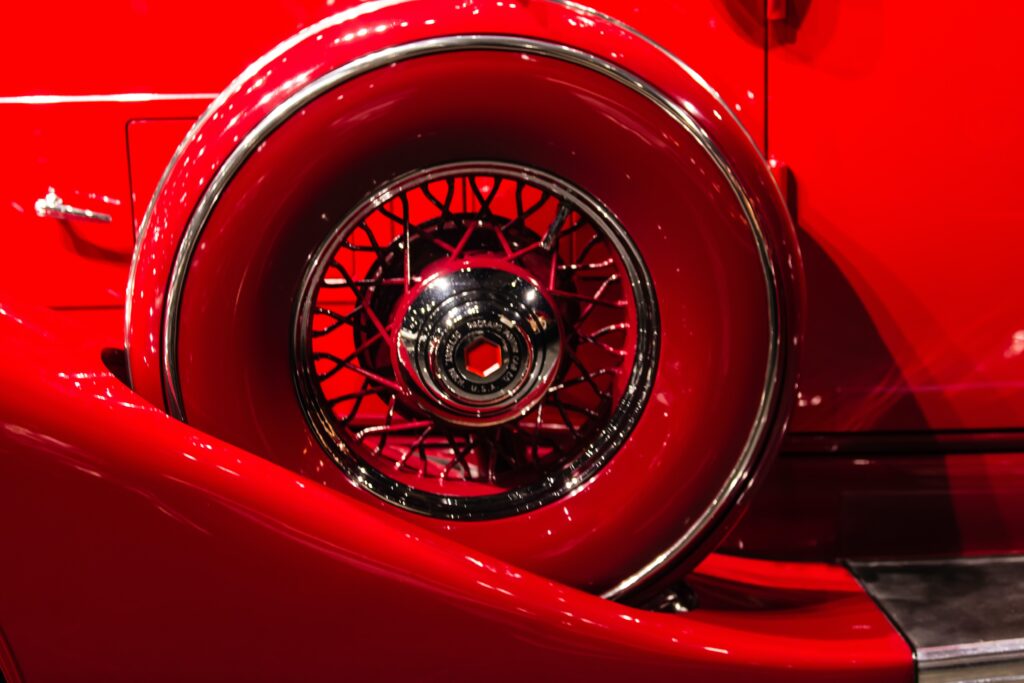
Step-by-Step Guide to Cleaning Painted Wheels with a Pressure Washer
Inspect the wheels
Before cleaning, carefully inspect the wheels for any damage, such as chips, scratches, or loose components. Address any issues promptly to prevent further damage during the cleaning process.
Pre-rinse the wheels
Using a pressure washer or a hose with a nozzle attachment, pre-rinse the wheels to remove loose dirt and debris. This step helps to loosen stubborn grime and brake dust, making the cleaning process more effective.
Apply wheel cleaner
Apply a suitable wheel cleaner to the wheels, following the instructions on the product label. Ensure the cleaner is specifically designed for painted surfaces and avoid using harsh chemicals that can damage the paint.
Let the cleaner sit
Allow the wheel cleaner to sit on the wheels for the recommended time stated on the product label. This allows the cleaner to penetrate and loosen dirt, brake dust, and other contaminants.
Use the pressure washer
Using a wide spray pattern nozzle and low to medium pressure settings, begin cleaning the wheels with the pressure washer. Start from the top of the wheel and work your way down, ensuring full coverage. Maintain a safe distance and angle to minimize the risk of paint damage.
Rinse the wheels
Once the wheels have been thoroughly cleaned with the pressure washer, rinse them with clean water to remove any remaining cleaner residue. Ensure all the cleaner is completely washed away from the wheels.
Dry the wheels
After rinsing, dry the wheels using a clean microfiber cloth or allow them to air dry. This helps to prevent water spots and streaks from forming on the paint. Take extra care to dry any water that may have accumulated behind wheel spokes or in crevices.
Tips for Safe and Effective Cleaning
Maintaining a safe distance
When using a pressure washer to clean painted wheels, it is essential to maintain a safe distance between the nozzle and the wheel. Start with a distance of 1-2 feet and gradually move closer if necessary. This helps to minimize the risk of paint damage caused by excessive pressure.
Using appropriate pressure settings
Adjust the pressure settings on the pressure washer to a lower, more gentle setting when cleaning painted wheels. Using the highest pressure setting can increase the risk of paint damage. Start with a lower pressure setting and gradually increase only if required.
Avoiding high-pressure hot water
Avoid using hot water with high pressure when cleaning painted wheels. The combination of heat and high pressure can cause the paint to soften or peel. Instead, use cold or lukewarm water to clean the wheels.
Protecting the surrounding areas
Before starting the cleaning process, protect the surrounding areas, such as brake rotors or calipers, from water and cleaner overspray. Use plastic bags or covers to prevent any potential damage or contamination.
Avoiding prolonged exposure to water
While it is important to thoroughly clean the wheels, avoid prolonged exposure to water. Continuous exposure to water can increase the risk of water intrusion into sensitive components, leading to corrosion or mechanical issues.
Using a brush for stubborn dirt
If there are areas with stubborn dirt or brake dust that cannot be removed with the pressure washer alone, use a soft brush or microfiber cloth. Gently scrub the affected areas to dislodge the dirt without causing damage to the paint.
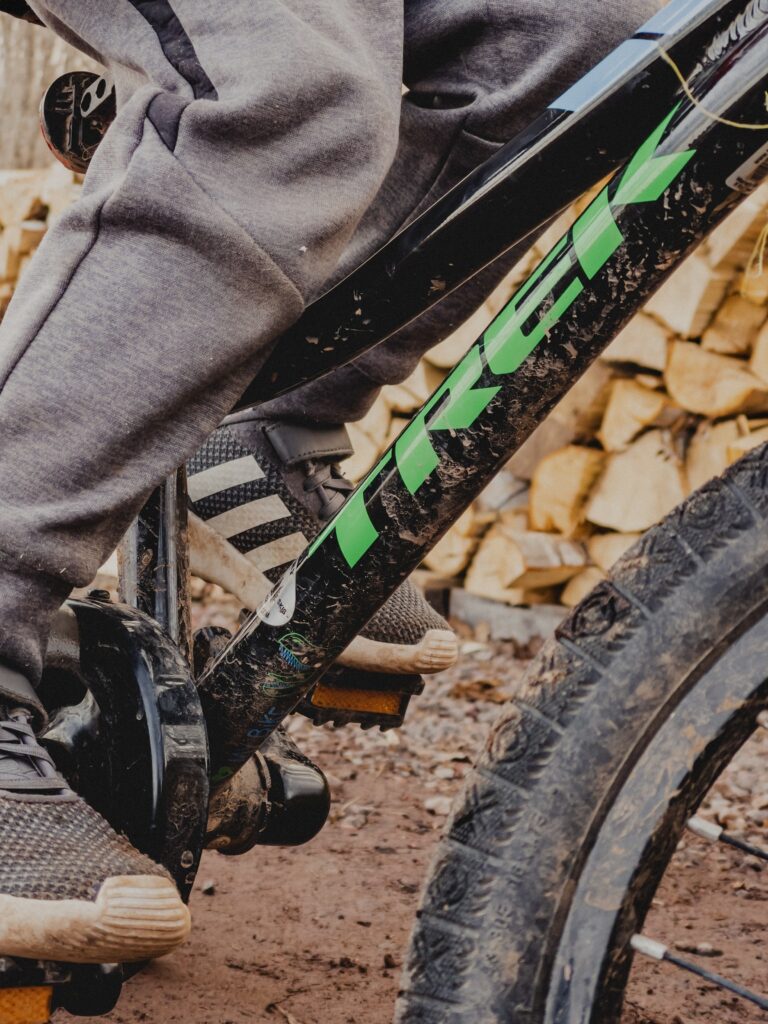
Common Mistakes to Avoid
Using excessive pressure
One of the most common mistakes when using a pressure washer to clean painted wheels is applying excessive pressure. This can lead to paint damage, chips, scratches, or even complete removal of the paint layer. Start with lower pressure settings and gradually increase only if necessary.
Using incorrect cleaning agents
Using cleaning agents that are not designed for painted wheels can cause damage to the paint or result in discoloration. Always choose a wheel cleaner specifically formulated for painted surfaces and avoid using harsh chemicals or household cleaners.
Neglecting protective measures
Failing to protect surrounding areas, such as brake rotors or calipers, can result in water and cleaner overspray causing damage or contamination. Take the time to cover these areas with plastic bags or covers before starting the cleaning process.
Not inspecting the wheels beforehand
Before cleaning the wheels, it is important to carefully inspect them for any damage, such as chips, scratches, or loose components. Failing to address these issues beforehand can result in further damage during the cleaning process.
When Not to Use a Pressure Washer
Damaged or chipped paint
If the paint on the wheels is already damaged, chipped, or in poor condition, it is best to avoid using a pressure washer. The high-pressure water stream can exacerbate the damage and cause further paint removal or peeling.
Uneven painting
If the painted wheels have an uneven or patchy paint job, it is advisable to avoid pressure washing. The force of the water stream can strip away the paint from certain areas, making the unevenness even more apparent.
Sensitive or custom finishes
If the wheels have a sensitive or custom finish, such as pinstriping or delicate decals, it is best to avoid using a pressure washer. These finishes may not withstand the force of the water and could be damaged in the process. Instead, opt for alternative cleaning methods that are more gentle.
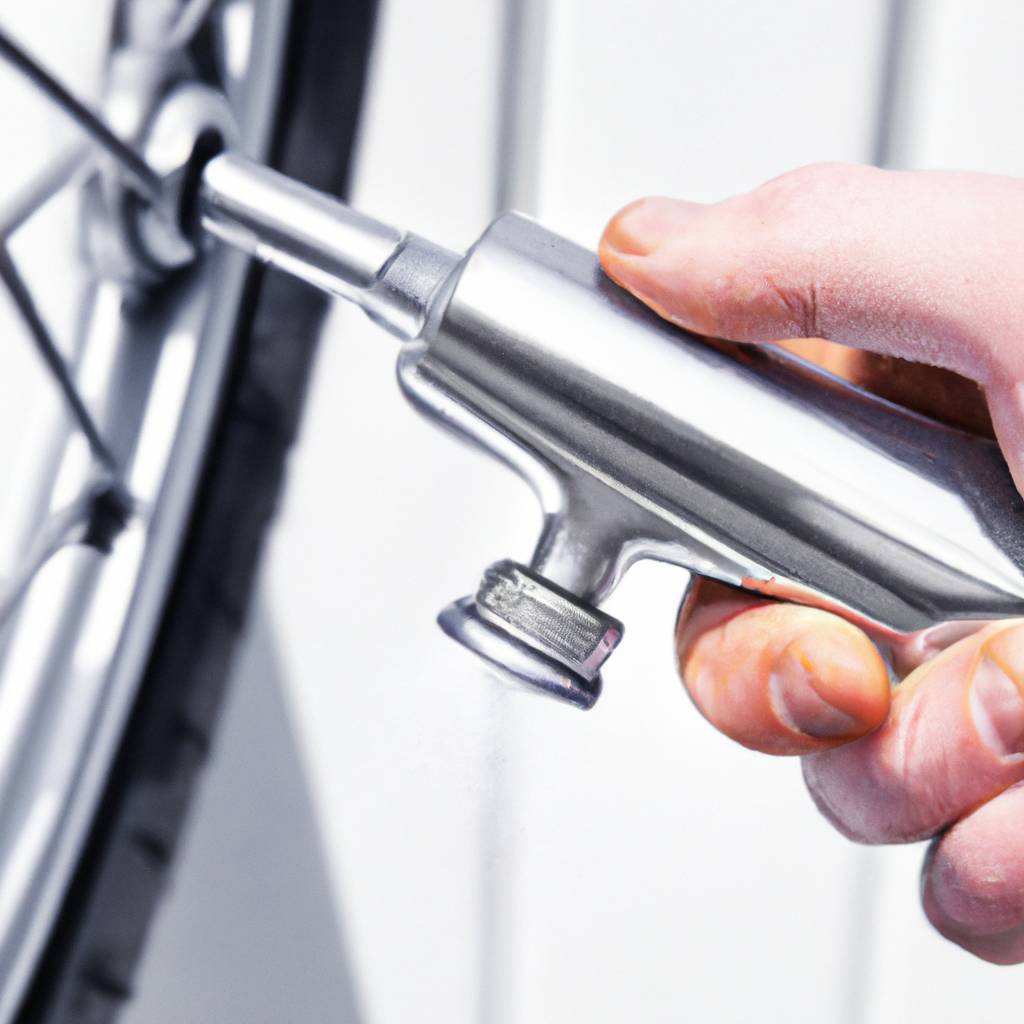
Conclusion
Pressure washers can be a valuable tool for cleaning painted wheels, providing a thorough and efficient way to remove dirt, grime, and brake dust. However, it is important to use the pressure washer properly and consider the potential risks associated with high-pressure water on painted surfaces. By following the recommended guidelines, adjusting pressure settings, maintaining a safe distance, and using appropriate cleaning agents, you can safely and effectively clean your painted wheels. Alternatively, if you are unsure about using a pressure washer or if your wheels have damaged or delicate paint, there are alternative cleaning methods that can achieve satisfactory results. Remember to regularly inspect and maintain your painted wheels to keep them looking their best and protect them from potential damage. With proper care and maintenance, your painted wheels can continue to enhance the appearance of your vehicle for years to come.

